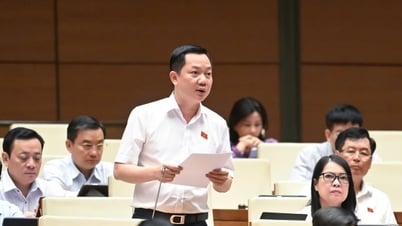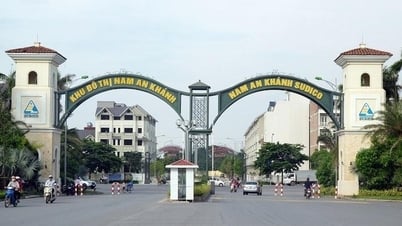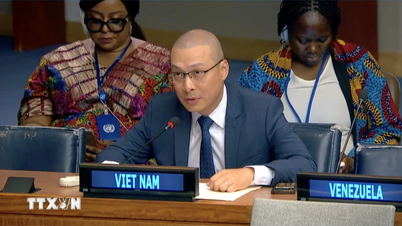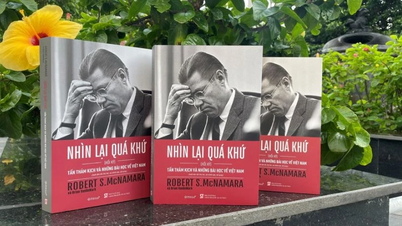
Analysts say the retail industry will benefit from the move.
The move comes after Southeast Asian nations signed a formal agreement late last year. And at the ASEAN summit in May, leaders reiterated their commitment to the agreement, laying the groundwork for a roadmap to expand the regional payment link to all 10 ASEAN members. The plan aims to support and facilitate trade, investment, cross-border remittances, and other economic activities with the goal of creating an inclusive financial ecosystem across Southeast Asia. The implementation of the cross-border payment system is seen as an important step to reduce Southeast Asia’s dependence on external currencies such as the US dollar for cross-border transactions, especially between businesses.
“This system does not use the US dollar or the Chinese yuan as an intermediary,” said Nico Han, an analyst at Diplomat Risk Intelligence, a consultancy for The Diplomat . By connecting payment systems using QR codes, money can be sent from one digital wallet to another. These digital wallets effectively function as bank accounts, but they can also be linked to accounts at formal financial institutions. For example, a Malaysian tourist in Singapore could pay in Malaysian ringgit from their Malaysian digital wallet when making a transaction. Or a Malaysian worker in Singapore could send money in Singapore dollars from a Singapore digital wallet to a recipient’s wallet in Malaysia. Fees and exchange rates would be determined by mutual agreement between the central banks.
Currently, a regional system like this does not exist elsewhere in the world . But in the future, the Bank for International Settlements, based in Switzerland, hopes to connect retail payment systems around the world using QR codes and mobile phone numbers.
Satoru Yamadera, an adviser at the Asian Development Bank’s Development Impact and Economic Research Department, called the efforts by ASEAN central banks innovative and novel. “In other regions like Europe, retail payment connectivity via credit and debit cards is more common. China is known for its advanced QR code payments. But they are not as connected as ASEAN QR codes,” he continued.
Once the central payment system is developed, all banks in Thailand will be able to allow customers to scan QR codes of banks in Singapore, Vietnam or Indonesia using their mobile banking platforms to make transactions, said Kukkong Ruckphaopunt, executive vice president of Bangkok Bank, and BoT Governor Veerathai Santiprabhob. The ASEAN QR codes will be based on bank accounts. When a transaction occurs, money will be withdrawn directly from the account, which will put competitive pressure on bank card providers such as MasterCard, Visa, American Express and JCB. Since there is no need to issue cards, the system does not charge fees, similar to the QR code-based system used in PromptPay.
This QR payment model does not charge any fees to cardholders or merchants. It also has better conversion rates than those set by private payment processors like Visa or American Express.
Experts say micro-enterprises and small and medium-sized enterprises (SMBs) will benefit from the ASEAN payment connection. Such companies account for more than 90 percent of businesses in Southeast Asia, according to the Asian Development Bank. “SMBs can avoid the costs associated with maintaining physical point-of-sale systems or paying interchange fees to card companies,” explains Han, an analyst at Diplomat Risk Intelligence. Disadvantaged individuals with low incomes will also benefit. Since the payment system operates through a digital wallet and does not require a traditional bank account, it is accessible to those without a bank account.
Meanwhile, the new ASEAN system will also allow merchants and consumers to build strong payment histories and provide valuable data for credit scoring, said Nicholas Lee, Asia chief technology analyst at Global Counsel, a public policy consultancy. That will be especially beneficial for unbanked segments of the population and those who typically do not have access to such credit scoring data. In addition, increased cashless transactions will allow policymakers to capture transaction data and transaction flows more efficiently. This, in turn, could lead to better economic forecasting and policymaking.
Thai An
Source





























































































Comment (0)